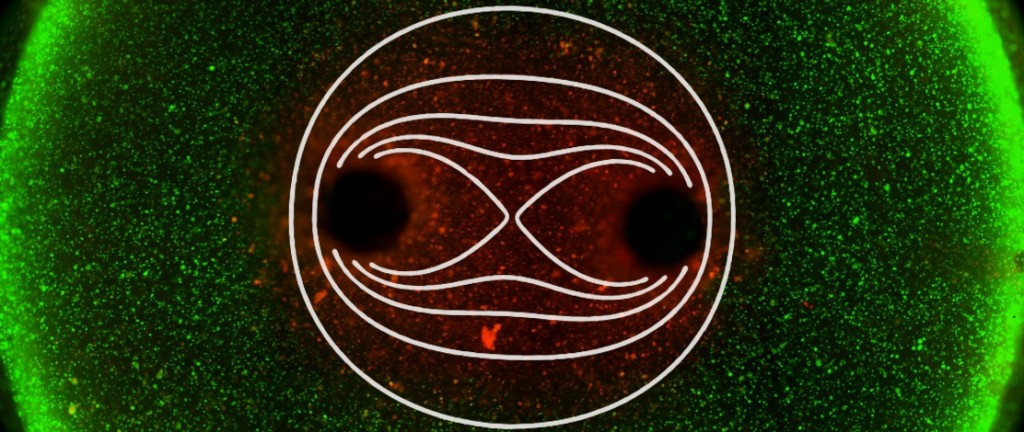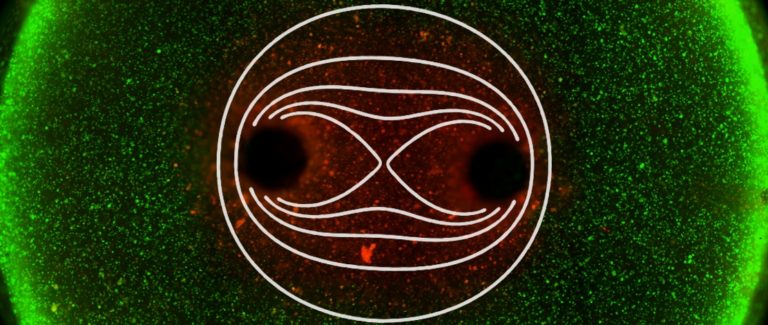Chunlan Jiang, Rafael Davalos, and John C. Bischof
University of Minnesota, Virginia Tech, Virginia Polytechnic and State University, Volume 62, Issue 1, Page:4-20

The use of Irreversible Electroporation (IRE) for cancer treatment has increased sharply over the past decade. As a non-thermal therapy, IRE offers several potential benefits over other focal therapies which include (1) short treatment delivery time, (2) reduced collateral thermal injury, and (3) the ability to treat tumors adjacent to major blood vessels. These advantages have stimulated widespread interest in basic through clinical studies of IRE. For instance, many in vitro and in vivo studies now identify treatment planning protocols (IRE threshold, pulse parameters, etc.), electrode delivery (electrode design, placement, intra-operative imaging methods, etc.), injury evaluation (methods and timing), and treatment efficacy in different cancer models. Therefore, this work reviews the in vitro, translational, and clinical studies of IRE cancer therapy based on major experimental studies particularly within the past decade. Further, this work provides organized data and facts to assist further research, optimization, and clinical applications of IRE.
Keywords—Irreversible electroporation, in vitro, animal, clinical, enhancement.

